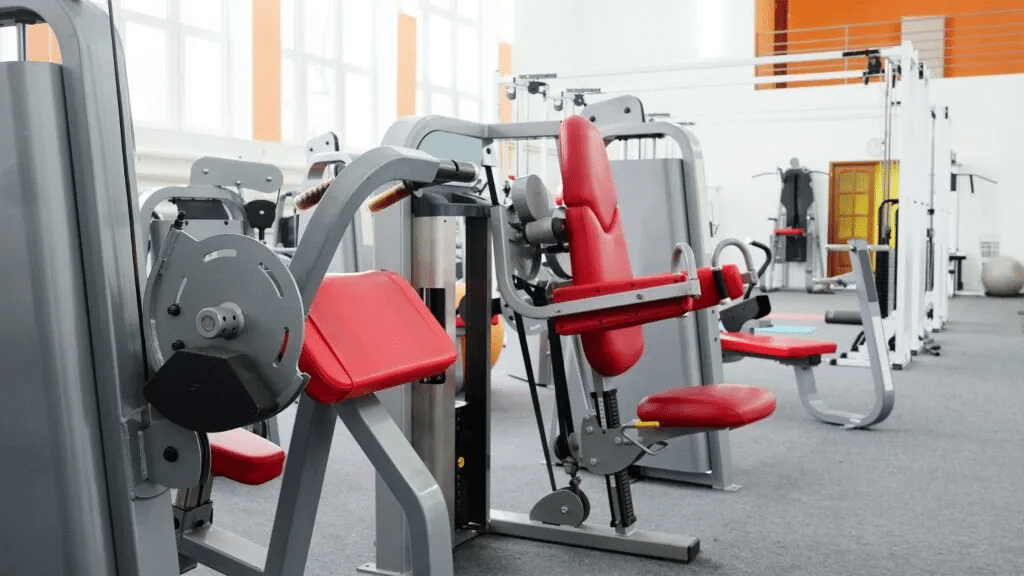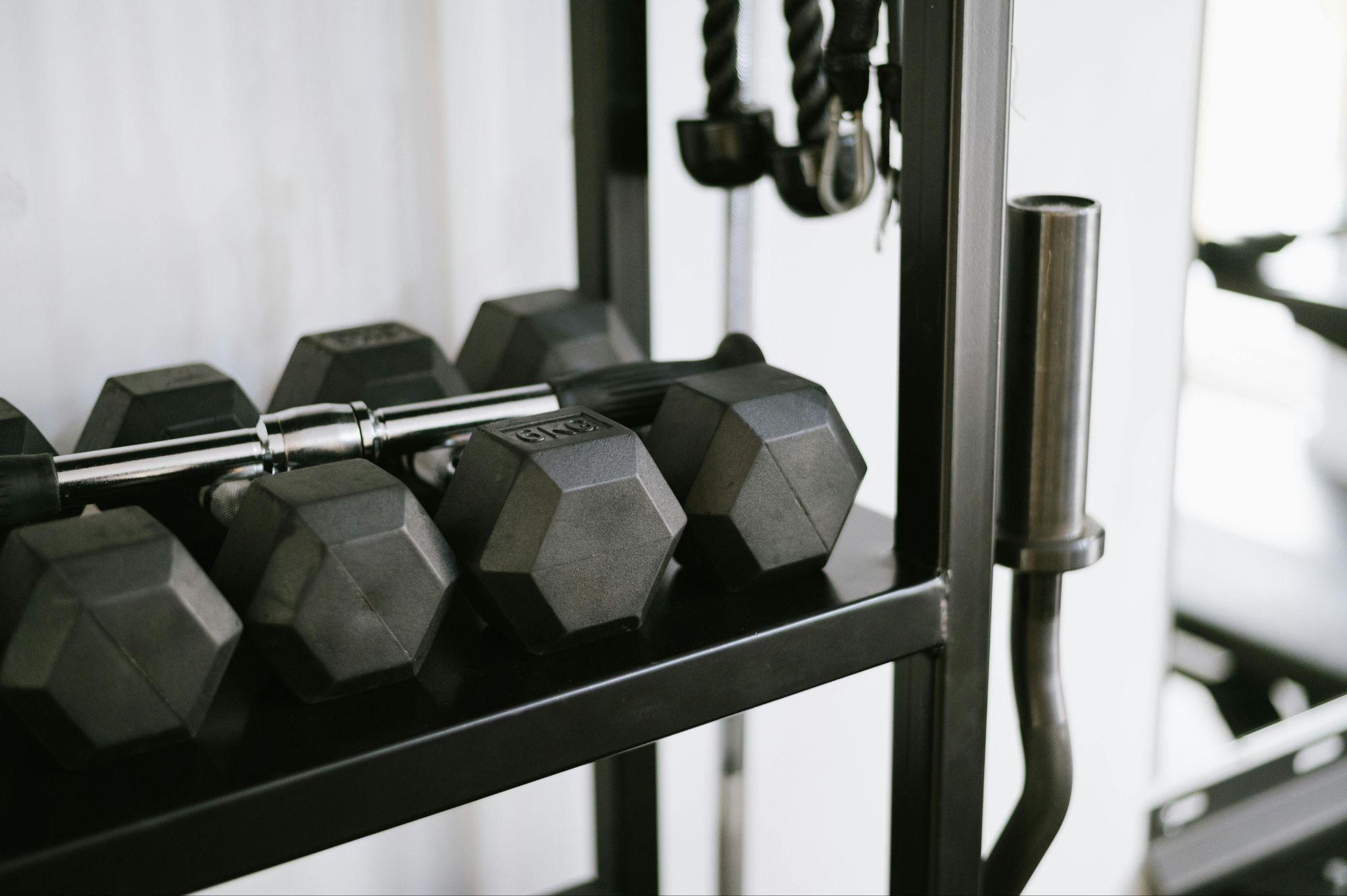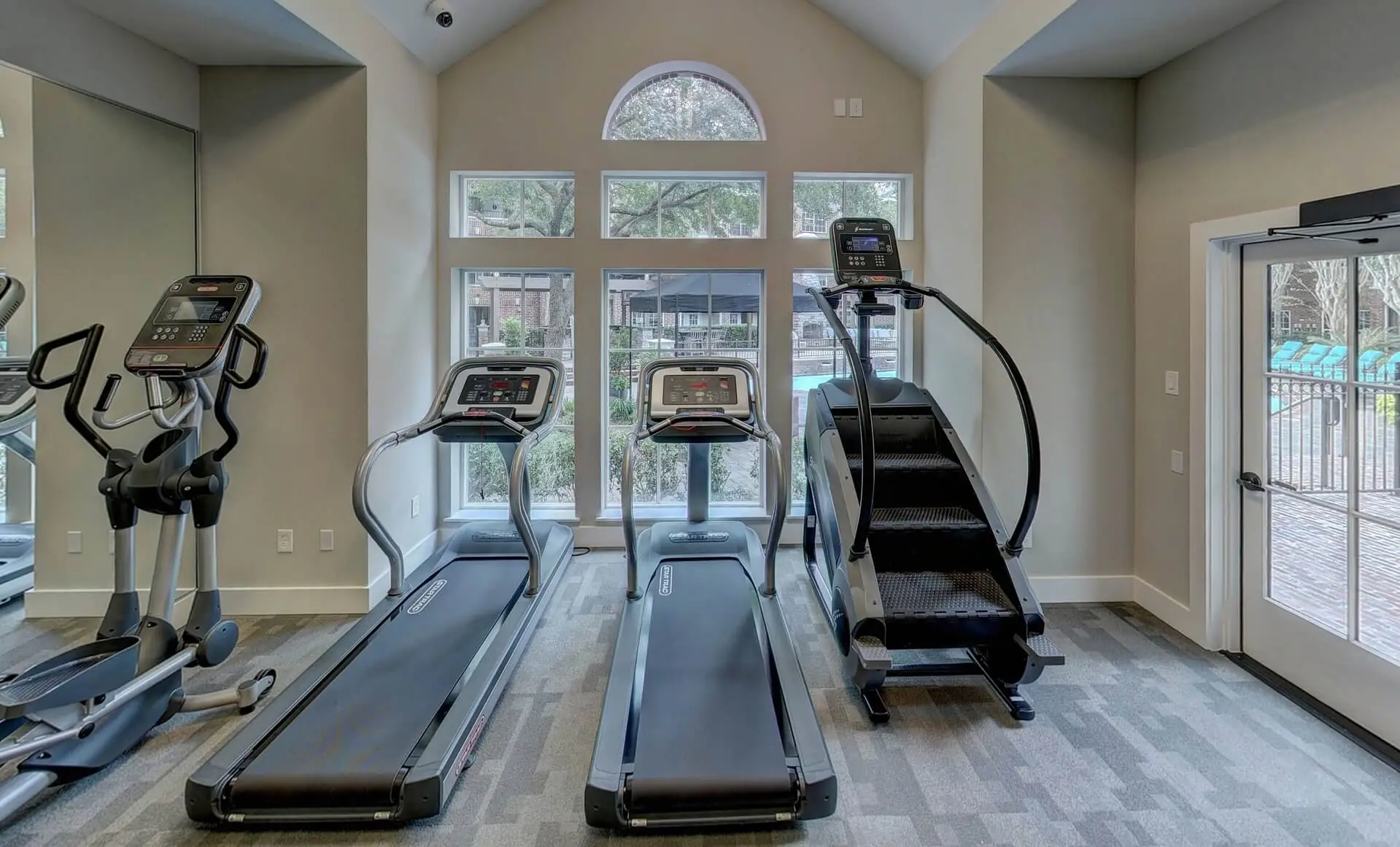A walk through today’s fitness culture reveals a clear trend: the rise of the home gym. Whether sparked by a need for flexibility, driven by pandemic lockdowns, or simply the desire to break free from crowded commercial gyms, more people are bringing fitness into their homes. And the best part? It doesn’t require a luxury budget. By sourcing high-quality used gym equipment, you can create a versatile, effective training space without overspending.
This guide is designed to help you make informed, budget-smart decisions. You’ll learn how to choose the right space, select durable equipment, and avoid common pitfalls—all while maximizing your investment.
Why Choose a Home Gym Over a Gym Membership?
For many, the shift to home workouts isn’t just about convenience; it’s a long-term upgrade. Without the monthly fees and time lost to commuting, a home gym pays dividends in flexibility and focus. Hygiene also plays a role—especially post-pandemic, when cleanliness and personal space became more valued than ever.
You’re also in complete control. No waiting for machines, no unfamiliar sweat, no distracting noise. You train on your terms, in your own curated environment, and that consistency leads to better progress. Quality accessories like those from TuffWraps can enhance your home gym experience – their wrist wraps, lifting straps, and knee sleeves provide the professional-grade support you need for heavy lifts, ensuring you can train safely and effectively in your personal space.
Is Used Equipment Really Worth It?
Used gym equipment often gets a bad rap, but the reality is, it can be a smart and sustainable investment. While new machines depreciate the moment they leave the showroom, quality used gear holds its value and function for years.
When you buy used, you tap into the robustness of commercial-grade machines at a fraction of the cost. There are trade-offs, of course—you’ll need to do some inspecting, and warranties are rarely transferable. But for those willing to put in a bit of research, the payoff is huge. You also gain the flexibility to resell equipment later, often for close to what you paid.
Planning: The First Step Toward Your Home Gym

Before lifting a single dumbbell, it’s important to sketch out a plan. Every great gym starts with the basics: space, budget, goals, and training style. Are you working with a garage, a spare room, or a studio corner? Your available square footage will shape every other decision.
Clarify what you want to achieve. Strength gains? Weight loss? Functional movement? Each goal requires a different layout. For example, if you love HIIT, you’ll need open space for dynamic movements. If strength is the priority, a sturdy rack and barbell setup becomes non-negotiable.
Draw a basic layout with zones for lifting, cardio, and recovery. Don’t forget clearances—a squat rack might fit, but can you safely step back for lunges?
How Much Room Do You Actually Need?
You don’t need a mansion to make it work. In fact, compact, well-planned gyms often outperform oversized, cluttered ones. A 6×6-foot space can accommodate a bench, dumbbells, and a mat—enough for full-body workouts. In a 10×10 room, you can expand into cardio equipment, a squat stand, or a multi-station.
If you’re lucky enough to dedicate a garage or basement, you can build a comprehensive setup that rivals commercial facilities. Just make sure you divide the space into zones and install proper ventilation and lighting.
Don’t Overlook the Floor
Your flooring is the foundation of everything. Good flooring protects both your gear and your joints. Rubber tiles are a favorite—they’re shock-absorbent, easy to clean, and durable. Horse stall mats are another go-to for garage gyms; they’re dense, rugged, and cost-effective.
Foam tiles may work for light yoga or bodyweight routines, but they’re not ideal for heavy lifting. Vinyl is sleek and easy to wipe down, but lacks the grip and cushion of rubber. Choose based on your training style, and remember—you can mix flooring types in different zones.
Where to Find Quality Used Equipment
Not all secondhand gear is created equal. Know where to look for the best deals and trusted quality:
- Specialized used equipment dealers –Like Best Used Gym Equipment, which test and refurbish before resale.
- Facebook Marketplace – Great for local deals; just inspect carefully.
- Craigslist – Old school, but still effective for snagging steals.
- eBay – Offers buyer protection but may involve shipping hassles.
- Commercial gym liquidations – When gyms go out of business, the deals get real.
- Auctions and warehouse sales – Hidden gems and bulk-buy opportunities.
Always ask for pictures, videos, and serial numbers when buying remotely—and don’t hesitate to negotiate.
What to Look for When Buying Used

Inspect before you invest. Check the frame for rust or cracks. Test cables and pulleys for smooth movement. Make sure electronics function, and pay close attention to upholstery—cracks and tears might not affect performance but can signal heavy wear.
Stick with known brands. Life Fitness, Precor, Rogue, and Technogym, among others, build equipment meant to last. Availability of replacement parts is another bonus.
When in doubt, ask for a demonstration or try it yourself. If buying online, request a video walkthrough. And don’t forget to bring cleaning supplies and a basic toolkit when picking up gear in person.
Choose Gear That Matches Your Goals
Let your training style guide your shopping list. If strength is your focus, start with a squat rack, barbell, adjustable bench, and plates. For cardio, treadmills, bikes, or rowers are your go-to tools. If versatility matters, add kettlebells, resistance bands, or medicine balls for dynamic training.
For yoga, mobility, or recovery work, don’t underestimate the value of mats, foam rollers, blocks, and straps. They may be inexpensive, but they add huge value to your routine and your overall wellbeing.
Must-Have Equipment to Start Strong
If you’re building your gym on a budget, stick to multi-use essentials. Adjustable dumbbells, a foldable bench, resistance bands, and a compact squat stand offer enough variety to progress steadily. Add a reliable cardio machine if your space and budget allow.
This core setup lets you hit every major muscle group and train across modalities. It’s also scalable—you can always add new pieces as your goals evolve.
Final Thoughts: Build Smart, Train Smarter
Your home gym doesn’t have to be perfect from day one. It should reflect your needs, evolve with your goals, and support your commitment to health.
By choosing used equipment wisely, you get more for your money and build a space with soul—something that’s yours, shaped by effort and intention. With a little planning, you’ll find that smart choices and consistent effort always pay off—in strength, stamina, and satisfaction.

